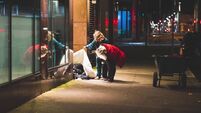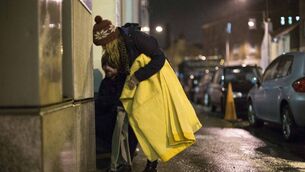There's Nowt So Queer as Nature; just ask Jonathan, the 91 year-old gay tortoise
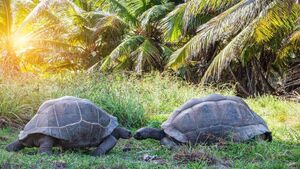
Side view of a couple of Aldabra Giant Tortoises in green nature, facing to each other, want to kiss. In the background coconut palm trees on a sunny day. Astove Island, Seychelles.
Did you know that a female kimodo dragon can fertilise her own eggs and does not need a male sexual partner to become pregnant? This is called⯠parthenogenesis or a ‘virgin birth’.⯠Did you know that slime moulds have 720 sexes? â¯Or that clownfish can change their gender and have both male and female reproductive systems.
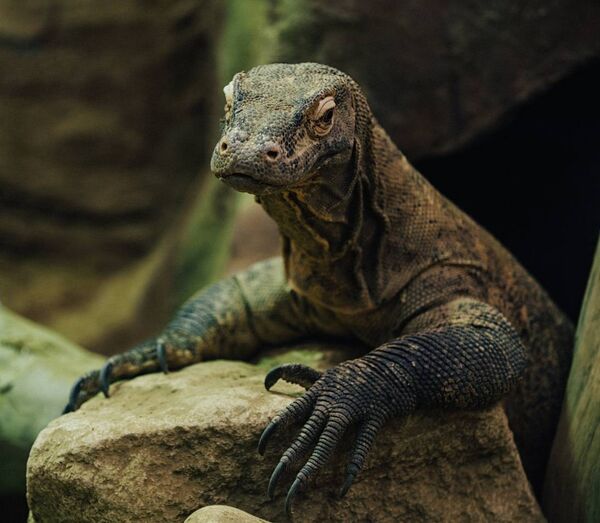
Did you know that Bonobo monkeys commonly exhibit both homosexuality and bisexuality and that male, NOT female, seahorses become pregnant.⯠Pretty queer, eh!⯠Not to mention the heartwarming tale of Jonathan, the 91-year-old tortoise and oldest living land animal on the planet.⯠He has spent over three decades in a loving bond with another male tortoise.⯠Sooooo gayyyy!!!
Homosexual sexual activity alone has been observed in over 1,500 different species.⯠Nature continuously challenges our preconceived notions of gender and sexuality and illustrates a vast spectrum of queerness, gender fluidity, and non-heteronormative behavior.â¯
This marvel of diversity also serves as a poignant reminder to dismantle binary narratives that seek to classify the behaviour of all living beings as either "natural" or "abnormal." Such ideologies perpetuate discrimination and, in many cases, have led to the criminalization of LGBTQ+ individuals.
By challenging these dominant and oppressive narratives, we not only redefine our understanding of the natural world but also reclaim and expand our own identities as humans.
Indeed, the notion of human separation from nature is a fallacy perpetuated to justify capitalism’s monstrous exploitation and destruction of our environment.⯠We are nature and nature is us.
Our bodies, composed largely of water and essential elements found abundantly in nature, highlight our intrinsic connection to the natural world. We are not merely observers but integral parts of the complex tapestry of existence, comprised of 90 % stardust and interconnected with every living organism on the planet.⯠Wow!â¯
At the same time that we recognize nature’s inherent diversity, we also must recognise that every living thing also possesses unique wants, needs and desires and that these must be provided for us in order to prosper and thrive.â¯
No one would deny that a wild climbing Irish rose is very different to a desert cactus and that, although both are classified as plants, they have very different needs and can only thrive in specific ecosystems. â¯If you give a cactus the same amount of water as a rose and you will kill it.â¯

The concept of "sovereignty of being," as expressed by indigenous poet and botanist Robin Wall Kimmerer, emphasizes the fundamental right of every individual living thing to be entirely what they are and to flourish within a nurturing environment.
Just as increased biodiversity strengthens every ecosystem, embracing , encouraging, and celebrating diversity amongst humans fosters resilience, cooperation, and the revitalisation of our communities.â¯
Diversity fortifies and strengthens all of us.⯠These ideas are echoed in the permaculture movement’s 12 principles, inspired by indigenous cultures, which focus on regeneration and social cohesion.⯠We have to look back to make our roadmap for the future.â¯â¯
Just as mycelial fungal⯠networks facilitate communication and resource-sharing among organisms, our community can thrive through mutual support and cooperation. Let's celebrate our interconnectedness and ‘make strange’ together, forging a path towards a more inclusive and harmonious future.
In alignment with the ideas outlined here in this article and with the principles of permaculture I extend an invitation to the LGBTQ+ community of Waterford and neighbouring areas to help co-create and develop a queer sanctuary known as The Wells Lane.
Nestled along a beautifully serene spot on the River Suir in Ferrybank, this magical space offers an opportunity to cultivate an ecosystem that honours our collective ‘sovereignty of being’ while fostering inclusivity for all beings.
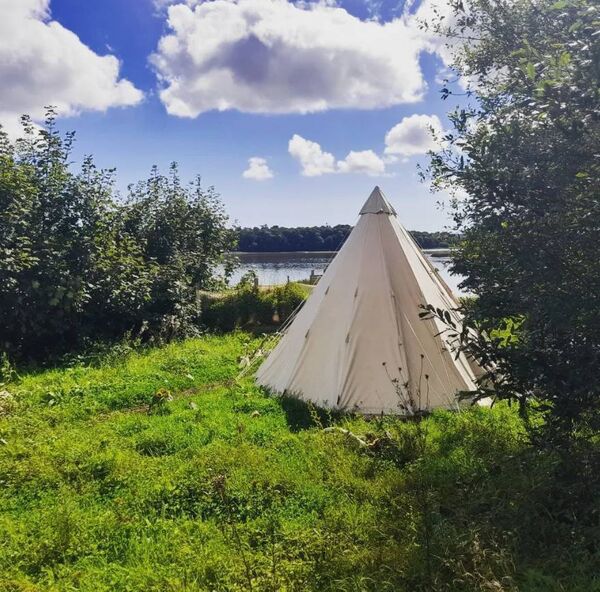
Together, we can envision and shape the Wells Lane space to accommodate a wide range of community functions and events.â¯â¯â¯ Some ideas are as follows:⯠The space could be developed to include an allotment garden for those with an interest in or desire to learn about growing food.⯠It could be used as a space for music, theatre, and other forms of artistic and creative experiments.â¯
It might be developed for a wide range of workshops and skill sharing events.⯠I am particularly interested in developing the idea of ‘woodwork Wednesdays’ for those who would like to learn basic woodworking skills.â¯
Perhaps you have an idea for the development of this community resource?⯠All ideas are welcome.â¯â¯ Join us for our inaugural event, a Queer Summer Solstice Gathering on June 21st, as we come together to celebrate our shared humanity and the boundless possibilities of the queer community.â¯
I will also be offering a weekly restorative yoga class in this space every Thursday evening from June 27th until the end of the summer.⯠If you would like to get involved or have any questions you can contact me, Ki McBride,⯠at:⯠thewellslane@gmail.com.
We are a 10-minute drive or 20/25-minute cycle from Waterford city center and also accessible via the JJ Kavanah bus service to the Abbey Park bus stop.â¯â¯ In the near future connectivity to Waterford city centre will be greatly improved via the new greenway from New Ross.⯠The Wells Lane is only a few minutes away from an access point to the new greenway.â¯â¯

